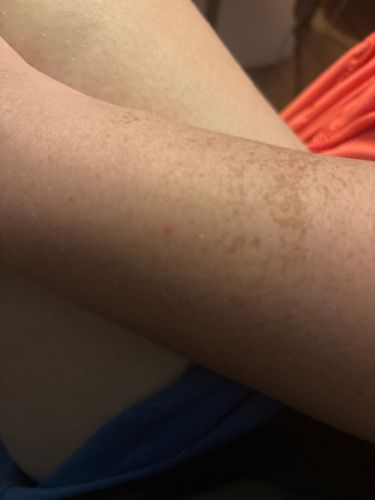Mosquito
Scientific Name: Various genera within Culicidae (e.g., Anopheles, Aedes, Culex)
Order & Family: Order: Diptera, Family: Culicidae
Size: 3 to 10 mm (0.12 to 0.39 inches) in length

Natural Habitat
Mosquitoes are found worldwide in diverse habitats, primarily in warm, humid regions. They require standing water for their larval and pupal stages, so they are common near ponds, swamps, marshes, stagnant puddles, and artificial containers holding water (e.g., tires, flower pots).
Diet & Feeding
Adult female mosquitoes feed on blood (hematophagy) from various hosts, including humans, mammals, and birds, to produce eggs. Both male and female mosquitoes feed on nectar and plant juices for energy.
Behavior Patterns
Mosquitoes are most active during dawn and dusk, though some species are active during the day. Females bite to obtain blood meals necessary for egg production. They lay eggs in standing water and undergo complete metamorphosis (egg, larva, pupa, adult). Their flight is characterized by a high-pitched buzzing sound, and they are attracted to carbon dioxide, body heat, and certain chemicals present in human sweat.
Risks & Benefits
Risks: Mosquitoes are significant vectors for numerous diseases, including malaria, dengue fever, Zika virus, West Nile virus, chikungunya, and yellow fever, causing millions of illnesses and deaths globally. Their bites can also cause itchy welts and allergic reactions. Benefits: Mosquito larvae serve as a food source for aquatic animals, and adult mosquitoes are prey for birds, bats, and other insects within their ecosystems.
Identified on: 8/29/2025